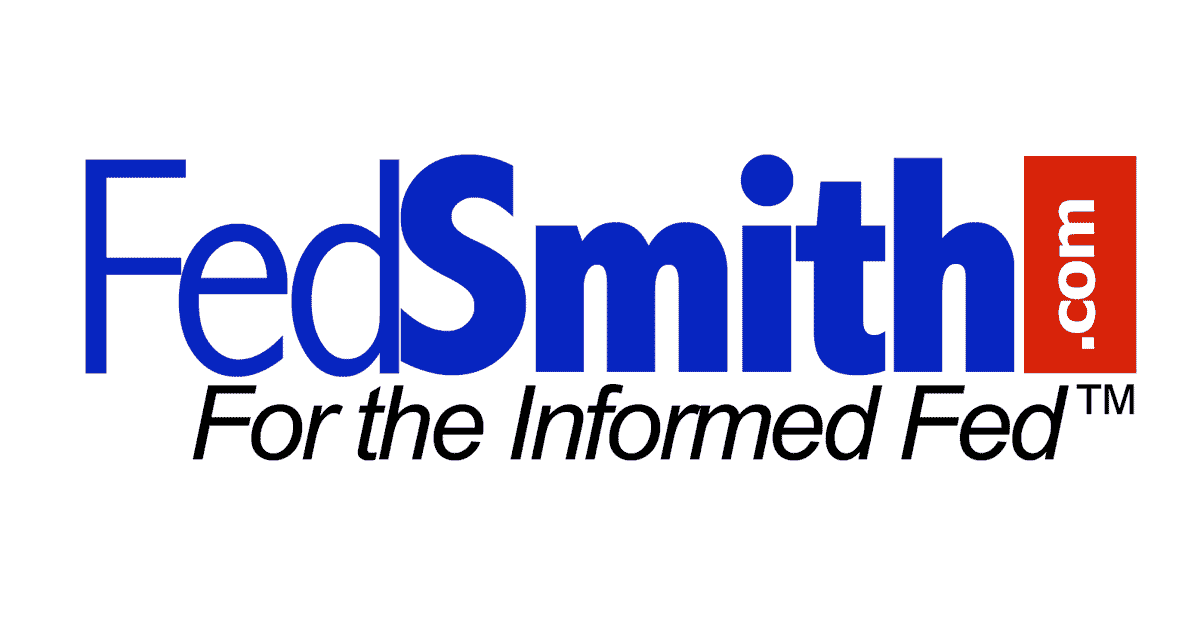For individuals who must go through the security clearance adjudication process, each individual attempting to obtain a security clearance must have a sponsor. Once a sponsor is obtained, the next step in the process starts with the completion of a Standard Form 86 (SF-86), which typically comes in the form of an e-QIP (Electronic Questionnaire for Investigative Processing). However, as of October 1, 2023, the Defense Counterintelligence and Security Agency (the organization that controls clearances for the Department of Defense and other Federal Agencies) is transitioning to a new system called e-App (eApplication).
The new system that is controlled by the National Background Investigative Services (NBIS) is for industry (contractors) and federal employees to initiate and complete standard investigative forms, particularly the Standard Form 86. The e-App system is the replacement of the e-QIP system that was in place for years and has been in development for over a year. According to DCSA, e-App is designed to provide a secured platform with updated functionalities to make the completion of security clearance forms and applications easier to complete.
However, there are some drawbacks related to the new system, as any new platform would have in the early stages of launch. One potential drawback of this new system is that it could prevent “optional comments” from being available for input depending on the responsive answer, which can impact the potential disclosure of security concerns on the SF-86. Additionally, the total number of pages that one application generates can be upwards of 100, making it somewhat tedious and overwhelming for some applicants to review and complete.
The transition to the e-App system is part of the government’s “Trusted Workforce 2.0,” which was launched by the Office of the Director of National Intelligence (ODNI) and the Office of Personnel Management (OPM) in March 2018 in an effort to overhaul the security clearance vetting process. This transition also included decommissioning the Joint Personnel Adjudication Systems (JPAS) and replacing it with the Defense Information System for Security (DISS). While this new transition may prove to be beneficial in the long run, there will be some bumps along the way. However, obtaining and maintaining a security clearance begins with the SF-86, and how to complete that form and what to disclose remain the same, regardless of what system is being used at the time.
Ryan C. Nerney, Esq. is the Managing Partner of the Ladera Ranch office of Tully Rinckey PLLC, where he focuses his practice primarily on national security law, with experience in federal employment and military matters. Ryan represents clients who have security clearance issues against agencies such as the CIA, NSA, DIA, DOD, NRO, and DOE, among others. He has represented numerous clients in security clearance revocation proceedings and has a proven record of saving clients’ jobs, as well as anticipating and resolving potential future issues with their security clearances. Ryan currently serves as Secretary for the National Security Lawyers Association (NSLA) and was awarded the 2022 Security Clearance Lawyer of the Year award by the NSLA. He has also been selected as a 2022 and 2023 Rising Star from Superlawyers in Southern California. He can be reached at info@tullylegal.com or at (888)-529-4543.
You can contact us 24 hours a day, 7 days a week via phone at 8885294543, by e-mail at info@tullylegal.com or by clicking the button below:







